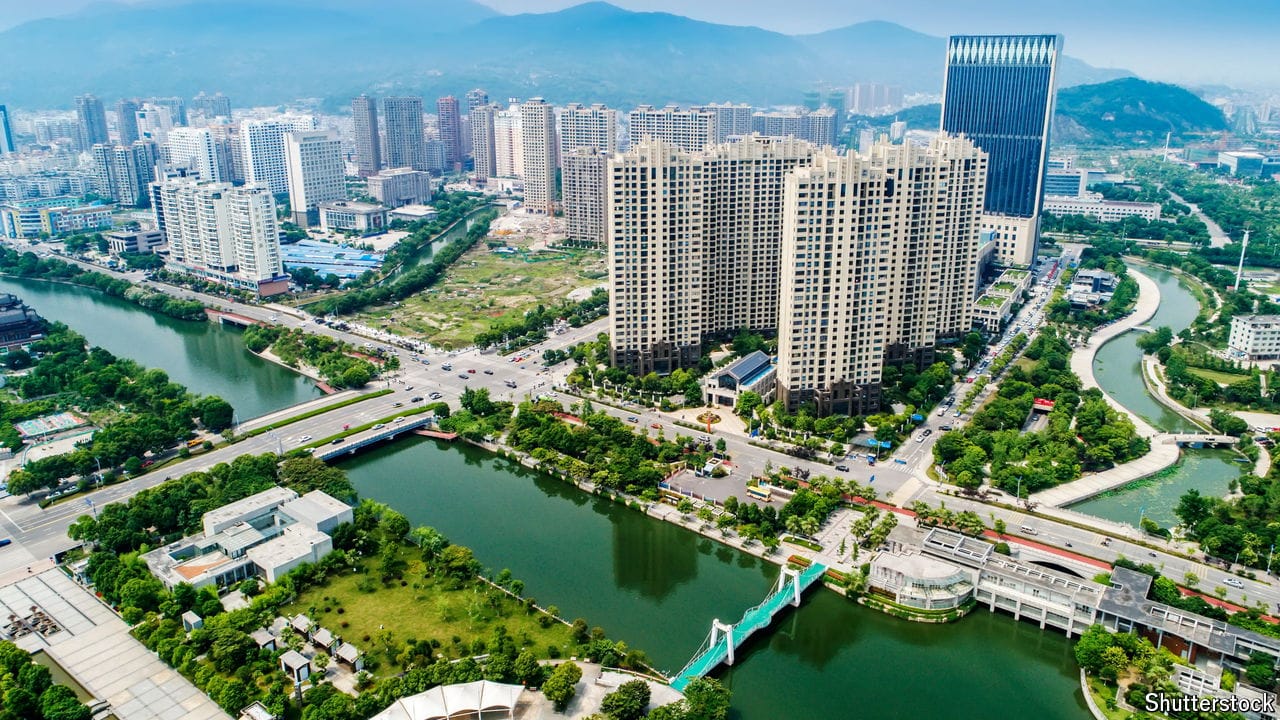How Chinese goods dodge American tariffs
Policymakers are unsure what to do about a tricky loophole

Queues of idle trucks trying to enter America are standard fare at Mexico’s border. Recently, however, vehicles at the Otay Mesa crossing, which separates California and the city of Tijuana, have been lining up to get into Mexico. The trucks do not travel far—they offload their shipping containers in newly built warehouses just 15km south of the border. The goods are then separated into thousands of small packages and driven back to America. Although such imports are made in China and purchased in America, no tariffs are paid. Call it the Tijuana two-step.
Explore more
This article appeared in the Finance & economics section of the print edition under the headline “The Tijuana two-step”
More from Finance and economics

China’s last boomtowns show rapid growth is still possible
All it takes is for the state to work with the market

What the war on tourism gets wrong
Visitors are a boon, if managed wisely

Why investors are unwise to bet on elections
Turning a profit from political news is a lot harder than it looks
Revisiting the work of Donald Harris, father of Kamala
The combative Marxist economist focused on questions related to growth
Donald Trump wants a weaker dollar. What are his options?
All come with their own drawbacks
Why is Xi Jinping building secret commodity stockpiles?
Vast new holdings of grain, natural gas and oil suggest trouble ahead
